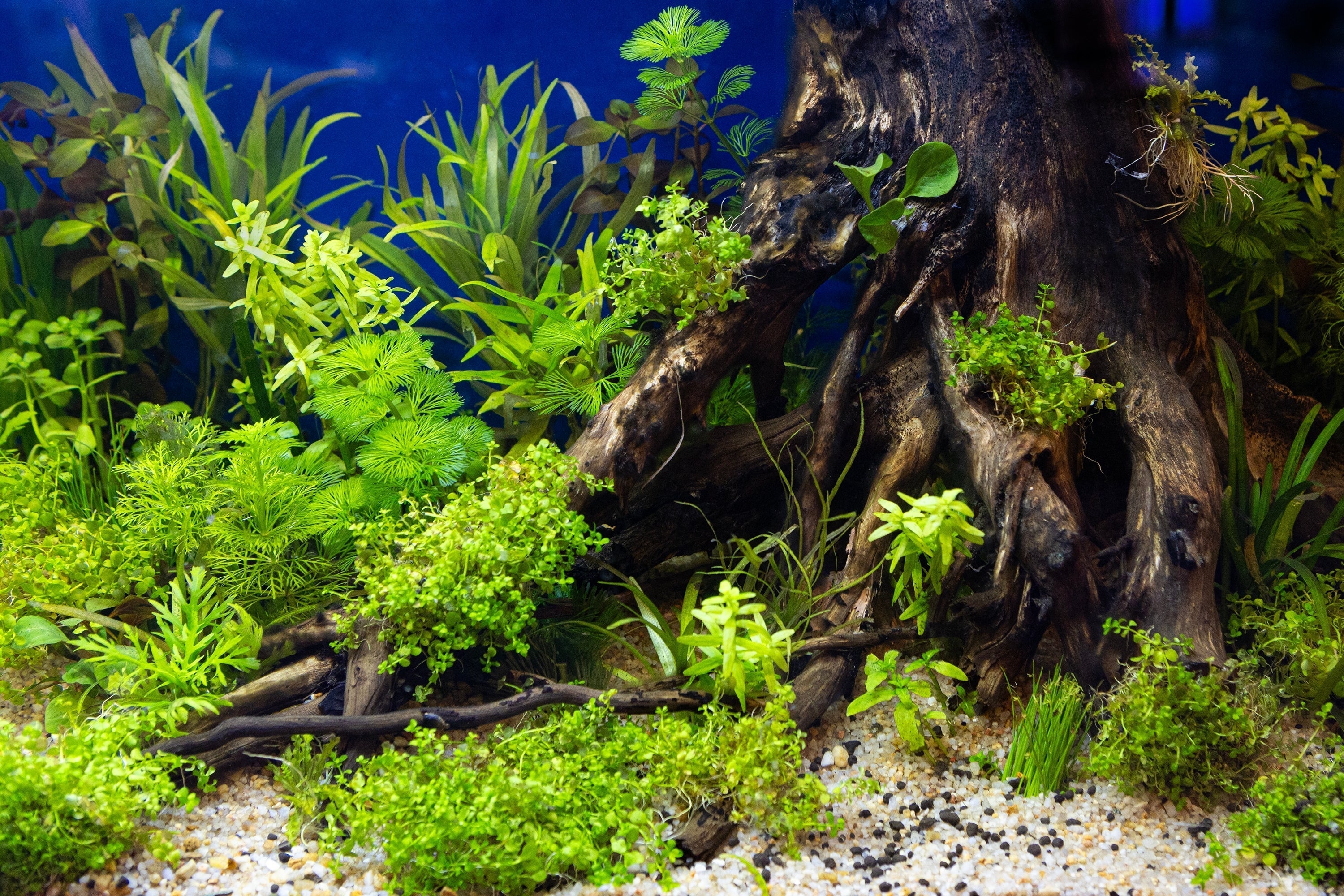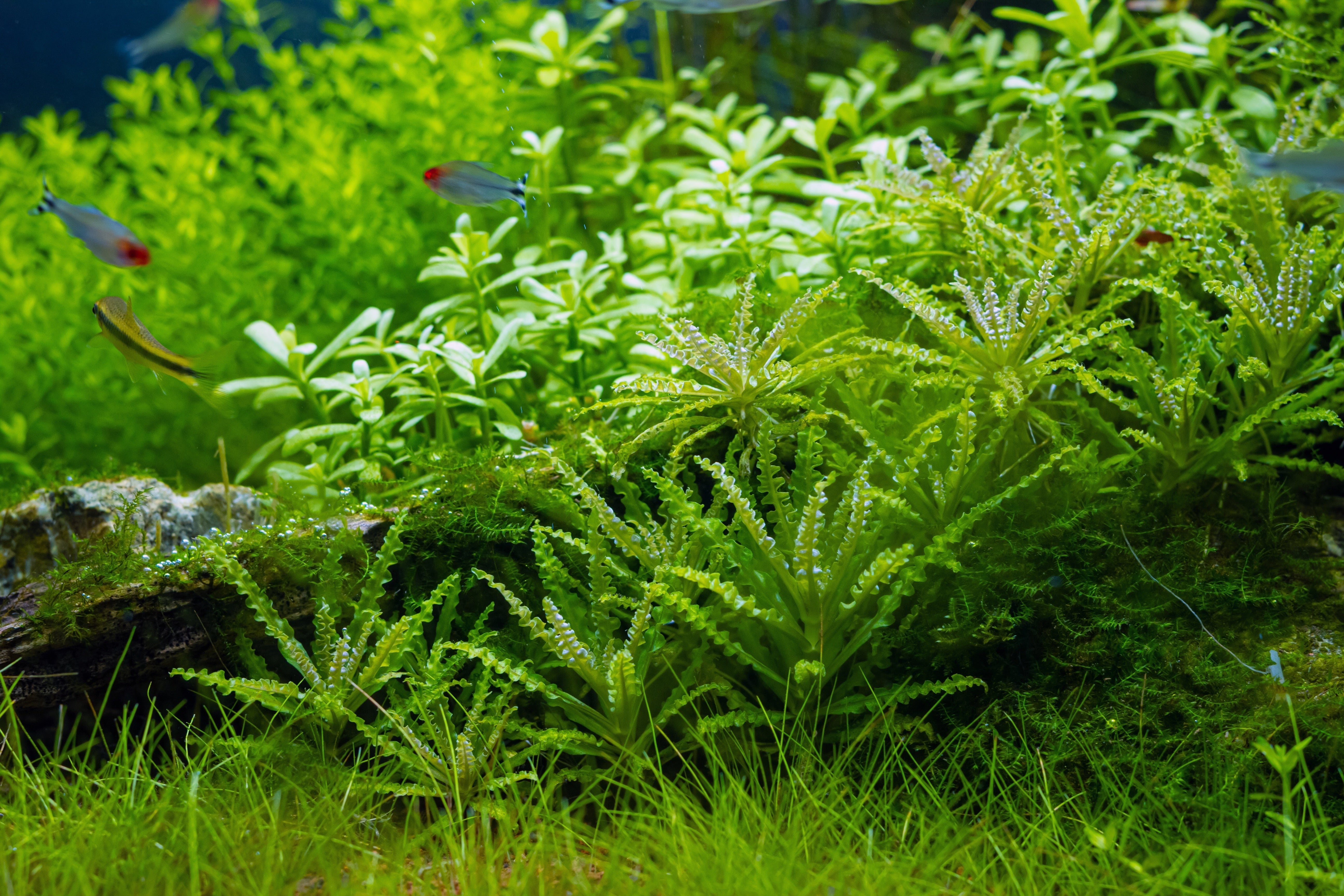Table of Contents
Fish keeping may seem like a fun and easy hobby, but without the proper research and knowledge, one will find it difficult to keep the fish alive. Like other pets, preparing an appropriate living environment is a crucial step before you bring any fish to your home.
Buying a fish tank, a filtration system, an air pump, a heater, some lights and putting some decoration are necessary but not enough. If you wish your fish to live a long-living, thriving life, you won’t want to miss the fish tank cycle process.
Fish tank cycle is the process in which the nitrogen cycle is established in a new aquarium to keep the fish in a non-toxic environment.
What is the nitrogen cycle and Why should we bother to establish it?
Nitrogen cycle is simply a process of converting ammonia (toxic) to nitrite (toxic) then to nitrates (non-toxic as long as they are controlled under 20 ppm).
The reason why nitrogen cycle is so important is that it can resolve the ammonia and nitrite levels existing in your aquarium. As you already know, most freshwater fish can hardly live in nowhere but water. Thus, when they excrete waste and urine, ammonia and nitrite remain in water with them. As days pass by, wastes produce ammonia as they decay, which is toxin causing fish gills and breathing problems. Unable to get it processed properly will result in your fish undergoing stress, or even worse, dying.
In a natural environment (e.g., streams, ponds, rivers), such problems will be balanced by itself with the support of other factors (the current change, rainfall, other living bacteria, etc.). However, in a closed aquarium, your fish need you to give a hand. By establishing a nitrogen cycle, you are creating a beneficial bacteria colony which does the conversion of among those ammonia, nitrite, and nitrate substances.
Find more about beneficial bacteria information in FAQs below.
How to Cycle a Fish Tank
There are several ways to cycle your fish tank. Above all, we strongly recommend the “FISHLESS” CYCLING method since it allows you to achieve the goal without letting any of your fish suffer from the process.
Step 1: Set up your tank
You will need a tank with a suitable size subjected to the number of fish you are going to keep, filled with treated water, an air pump, and a filtration system.
As there will be no fish in this cycle, a few decorations such as tropical aquatic plants, gravel, or pebbles would make your tank look better. More importantly, aquatic plants help speed up the nitrogen cycle as they may already contain bacteria, which can break down ammonia.
Step 2: Add fish food
Drop just a few flakes of fish food into your tank — a pinch of flakes food. Then, simply wait. Over the next few days, the flakes will begin to break down, the protein inside the fish food will produce ammonia into the water. This will trigger bacteria in the water to grow and begin their consumption of ammonia to produce nitrite.
At this time, you also wonder if the cycle actually occurs. Best way to know is to test your tank water. Use a test kit (or you can bring a water sample to your local fish store) to test the ammonia level in your water. If you choose to test the water by yourself, we highly recommend API Master Test kit or API 5-IN-1 TEST STRIPS for freshwater fish tank. The proper ammonia level should be at least three parts per million (ppm). If it still does not reach that level, add more flakes and wait for them to decay before testing again.
Do the test each other day to control ammonia levels (should be at about three ppm). The more ammonia is consumed, the bigger the beneficial bacteria grow. So as to keep the ammonia level to not fall below three ppm, replenish them by adding fish food.
Step 3: Test and check the ammonia, nitrite, and nitrates levels frequently
After a week, you can start testing for nitrite (using the same method as guided in Step 2 above). Despite being less toxic compared to ammonia, nitrite is still deemed harmful to fish. Once you notice nitrite, you’ll know you are on the right track. Keep adding ammonia as you’ve been doing so far.
(Image of a tank containing nitrite)
Then, wait for the nitrite level to drop and the nitrate level to rise in a sudden way. Don’t worry when the nitrite level falls, it will continue to rise as you keep feeding the bacteria. The nitrates, which appear when the nitrite gets processed by beneficial bacteria, turn out to be the non-toxic chemical for fish. Spot the nitrates by either testing for nitrite (for a sudden drop), and nitrates (for a sudden rise from zero), or both in your aquarium. You can have a sigh of relief since you are so close to the finish line.
Step 4: Add your fish
About six to eight weeks later, the ammonia and nitrite levels should decrease to a level that's so low you can no longer detect them (near zero ppm), while nitrate level should plateau. At this point, it's safe to add your fish.
You should add your fish gradually. Normally, a few small fish at a time would do, and wait at least a week or two before introducing your next batch of fish. If you add too much fish at a time, it will cause the increase of ammonia and nitrite levels thus, stressing your fish, or even worse, leading to diseases.
Another useful note is cleaning the substrate with a siphon hose before adding fish, particularly if you had added a lot of food. Decaying food or plants can become a ticking time bomb. If it gets trapped in the gravel, the ammonia won't enter the water, but if something upsets it, it could release a fair amount of ammonia rather quickly.
FAQs:
What are the “beneficial bacteria” actually?
They are mostly known by the name of Nitrifying Bacteria including two distinct groups: one converts ammonia to nitrite, the other converts nitrite to nitrates. The former will include Nitrosomonas, Nitrosospira, Nitrosococcus, and Nitrosolobus. The latter comprises Nitrobacter, Nitrospina, and Nitrococcus.
They usually live inside the filter, specifically, on the media of the filter. When the water goes through the filter, it takes ammonia/ nitrite with them. Then Nitrifying Bacteria do their job, consume and produce nitrates back to the water which flows back to the aquarium.
Other shelters of beneficial bacteria you may occasionally find are gravel, aquatic plants, rocks and other elements with porous surfaces.
Can I just use a filter media from a mature to cycle fish tank?
Yes, you can. In this case and if you are lucky, you can save more than half the time compared to that of the conventional way.
Nevertheless, you must be cautious of the below points before proceeding this way:
- You should use filter media from a tank that shares a similar size and has a similar number of fish. Mis-matching your filters (like, for instance, using a filter from a tank with just a few fish in it to cycle a tank with a greater number of fish) can leave you with greater loads of ammonia than the amount that the bacteria can process right away.
- When setting up your tank, it is ideal if you let it run for at least 1 day to stabilize the temperature and water parameters before moving the filter media in.
- Because bacteria need oxygen in the water to survive, you should move the seeding material (e.g., filter media, substrate) quickly to your new tank to ensure your bacteria stay alive. While moving, it is best if your filter media is still covered with a small amount of water from the original tank.
- Since nitrifying bacteria also reside in gravel, you can add them from a mature tank instead of filter media. It can give you the same effect as the filter media. Simply add a few scoops of substrate (the gravelly material at the bottom) on top of the tank's existing substrate to get the benefit.
- Putting live aquatic plants (as opposed to the fake plastic ones) in your cycle tank typically speeds up the nitrogen cycle, especially if they're introduced from a mature tank. Not only can plants carry beneficial bacteria (just like the substances above), but they also directly pull ammonia out of the water to use in a biological process called protein synthesis.
- Fast-growing plant varieties (i.e. Vallisneria and Hygrophila) tend to absorb ammonia the most. Floating plants generally work as well. At Splashy Fish, We have more plants to offer check out our Aquatic Plant collection for more varieties of plant we offer
- If you have a freshwater tank, adding a very small amount of salt can help your fish stay healthy when toxin levels are at the highest at the start of the cycling process. Salt does this by reducing the toxicity of nitrite, the intermediate chemical in the nitrate cycle. However, you'll want to use only 0.4 ounces of salt per gallon of water at most — any more can be very stressful for freshwater fish.
- Be sure to use certified aquarium salt — table salt isn't formulated for your tank and may hurt your fish. Take a look at [website link], we are sure you may find one fit you.
- Be aware of cross-contamination. Though this method brings quite a lot of benefits, one possible downside of using filter media or substrate from one tank to transfer the beneficial bacteria to another is that it's also possible to unwittingly transfer other organisms. Many parasites, invertebrates, and assorted microorganisms can be transferred in this way, so be aware of this possibility in advance and never transfer material from a tank that's known to be contaminated with harmful organisms.
- Pests that can be transferred this way include snails, harmful algae, and parasites like ich and velvet.
What happens if nitrates levels rise above 20 ppm?
Now, they become toxins. Many fish won’t show any sign of illness immediately until the nitrate level reaches 100 ppm or higher. However, long-time exposure will make your fish more susceptible to disease (sores or red blotches on their skin), it will also decrease the likelihood of reproduction.
A common way to control nitrate level is performing regular water changes, 10% to 20% weekly, would help in this case. When doing the change, make sure you still do the nitrate level test to keep it in control.
See more details about How to Start A Nitrogen Cycle for Beginners here:



























